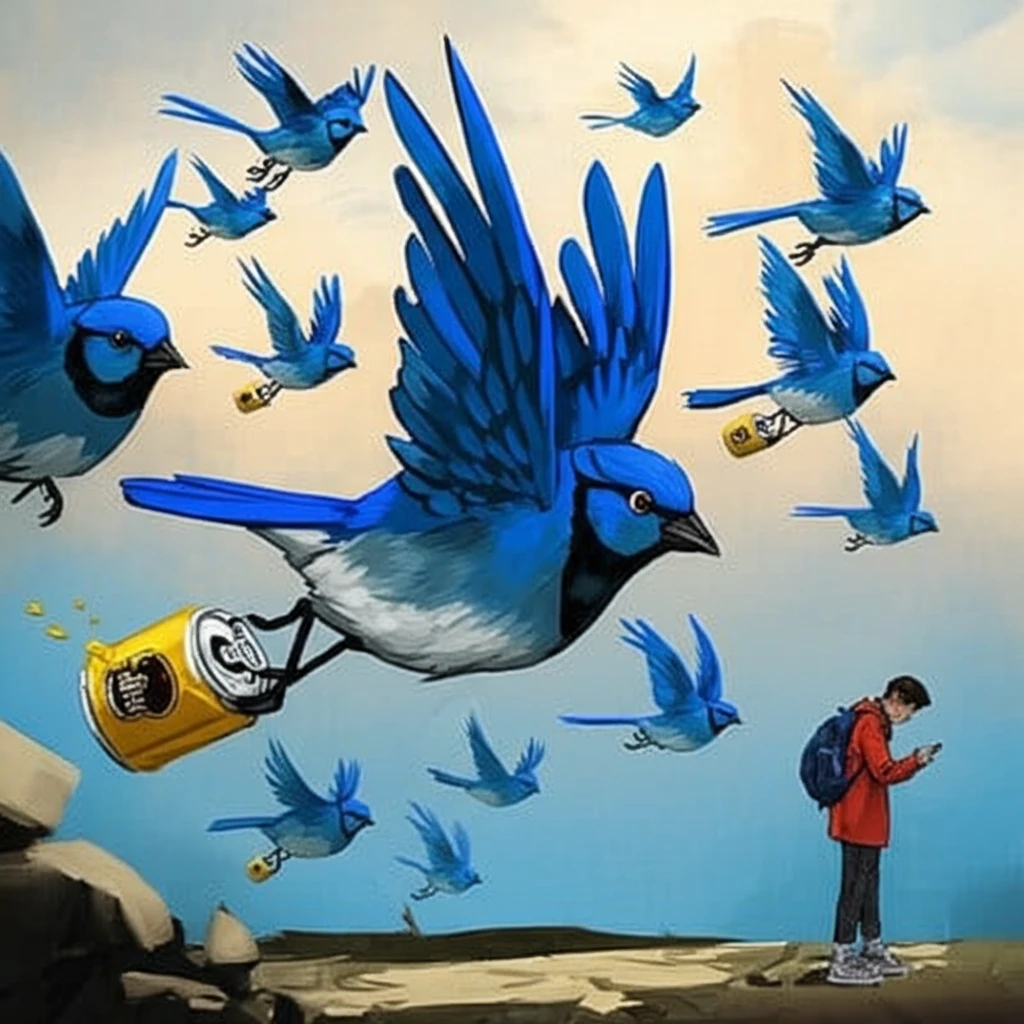
Unfiltered Influence: How Alcohol Ads on Social Media Target Young Adults
"A Deep Dive into Twitter Reveals Alarming Trends in Alcohol Advertising and Its Impact on Vulnerable Youth"
In today's digital age, the allure of social media is undeniable, especially for young adults. Platforms like Twitter, Instagram, and Facebook have become integral to daily life, shaping how we connect, communicate, and consume information. But what happens when these spaces become breeding grounds for targeted advertising, particularly for products with potentially harmful effects, such as alcohol?
Recent research has shed light on the pervasive nature of alcohol advertising on social media, revealing how brands are strategically leveraging these platforms to reach and influence young audiences. One study, published in the American Journal of Health Education, delves into the advertising practices of leading alcohol brands on Twitter, uncovering concerning trends that demand our attention.
This article unpacks the findings of this study, exploring the tactics employed by alcohol advertisers, the potential risks to young adults, and the implications for public health. We'll examine how these advertising strategies circumvent traditional regulations, exploit vulnerabilities, and contribute to a culture where alcohol consumption is normalized and even glorified.
The Twitter Tapestry: Decoding Alcohol Advertising

The study, led by researchers Adam E. Barry, Danny Valdez, Alisa A. Padon, and Alex M. Russell, employed a novel approach to analyze the Twitter activity of 13 prominent alcohol brands. Using Latent Dirichlet Allocation (LDA), a sophisticated topic modeling technique, the researchers sifted through years of tweets, from 2010 to 2017, to identify recurring themes and patterns in the brands' messaging.
- Targeted Messaging: Each brand carefully tailors its message to resonate with its specific target audience.
- Lifestyle Integration: Alcohol is presented as an integral part of desirable lifestyles, such as rock and roll, partying, and sports fandom.
- Emotional Appeal: Advertising often taps into emotions such as excitement, fun, and belonging.
- Normalization: By associating alcohol with everyday activities and social events, advertising normalizes its consumption.
Protecting Our Youth: A Call to Action
The research paints a concerning picture of alcohol advertising on social media and underscores the need for stronger regulations and greater awareness. Public health practitioners, policymakers, and educators must work together to protect young adults from the harmful effects of these marketing tactics. This includes advocating for stricter advertising standards, promoting media literacy, and empowering young people to make informed choices about alcohol consumption. By taking proactive steps, we can create a healthier and safer environment for our youth, where they are not constantly bombarded with messages that promote risky behaviors.
